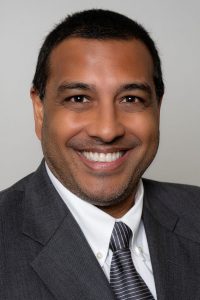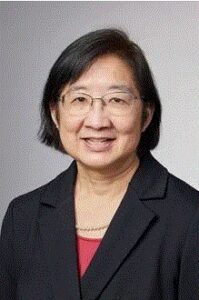Dr. Shetal Shah MD, FAAP is neonatologist at Maria Fareri Children’s Hospital and Immediate Past President of the NYS AAP-Chapter 2. He is Chair of the Pediatric Policy Council. Dr. Tina Cheng, MD, MPH, FAAP is the B.K. Rachford Memorial Chair of Pediatrics, Chief Medical Officer, and Research Foundation Director of Cincinnati Children’s Hospital Medical Center. She is a member of the Pediatric Policy Council representing the Association of Medical School Pediatric Department Chairs (AMSPDC). This op-ed was published in Tampa Bay Times on August 20th, 2021.
As we emerge from the pandemic, pediatric clinicians will have to make up for time lost to child well-being and health over the last 18 months. Five million children face chronic medical conditions or special health care needs, and 20 percent of parents report that their children’s mental health has worsened. Since last March, the Centers for Disease Control and Prevention estimate children have missed over 11 million routine vaccines. This includes 1.4 million measles vaccines – risking outbreaks like the one in 2019 that infected more than 1,200 individuals.
These unmet needs will require a surge of pediatric clinicians – yet we already face a longstanding shortage of pediatric specialists. Shortages exist in both general pediatrics and in subspecialties like rheumatology and child psychiatry. And the trained clinicians we have tend to cluster in major cities. The resulting rural health care “deserts” force families in some states to travel hundreds of miles to see a pediatric specialist.
Our own states of New York and Ohio feature world-class children’s hospitals, but also a dearth of specialists in many communities. Further limiting access to care, many general pediatricians and child psychiatrists don’t take Medicaid, the nation’s largest insurer of children, because of low payments.
Addressing these challenges requires a three-part strategy. We must invest in clinical training, attract physicians to work in the geographic areas and specialties of greatest need, and fix the problem of Medicaid under-payment. Only then will we ensure that every child who needs care can reasonably obtain it.
Increasing the number of pediatric clinicians should be a national priority. This year, the national Pediatric Policy Council and the American Academy of Pediatrics are requesting $485 million in federal support for training the next generation of children’s doctors – a small amount compared to the $16 billion spent to train adult specialists.
For more than 20 years, the federal government has supported training the next generation of doctors through the Children’s Health Graduate Medical Education Program. Yet, funding for this program has been neither sufficient nor equitable. Funding has not kept pace with inflation, and currently is less than half, per doctor, the amount allocated to train physicians who will specialize in adult care. Despite growing child health need there has been a relative decline in the number of pediatric doctors.
The most effective way to incentivize doctors to train in under-staffed pediatric specialties is through federal loan forgiveness or repayment subsidies. Graduating medical students face, on average, over $230,000 in educational debt; for one in five, the amount exceeds $300,000. Such burdensome debt dissuades many from pursuing pediatrics, which is among the lowest paying specialties in the medical field.
Unlike the world of adult care, a pediatrician in specialized fields such as cardiology or oncology will often earn less than a community general pediatrician – even though they have at least 3 additional years of post-medical-school training. One study found that, over the course of a career, such specialists can earn up to $1.6 million less than if they had entered a general pediatrics private practice. The same study found that even a partial loan repayment program would significantly offset the financial burden doctors incur when pursuing specialized training.
But boosting the supply of pediatricians will be only a partial solution unless we also fix the problem of Medicaid payments and maldistribution. For the nearly 40 percent of America’s children who rely on it, finding a doctor that will accept Medicaid payments can be impossible. Medicaid pays, on average, 72 percent of the Medicare rate for all services, 66 percent for primary care services.
In some states, the Medicaid rate is 33 percent of Medicare’s, which makes it difficult to sustain a practice. It is imperative that there exist minimum national standards to ensure that U.S. children and young adults in need of publicly funded health insurance have equitable access to affordable, timely, quality, and comprehensive health care through Medicaid and related programs, and that there be parity of Medicaid payments to Medicare.
Although children account for only a small percentage of health care spending, they represent 100 percent of our future. In an era when chronic childhood diseases are on the rise, raising healthy children increasingly relies on pediatric trained clinical specialists. Without strong support for their training and a plausible path through the financial hurdles of medical education, we risk a future in which growing numbers of sick children have no doctor to care for them.


